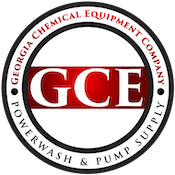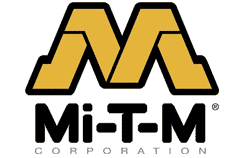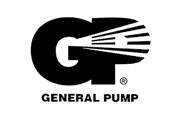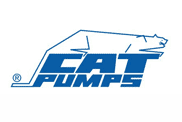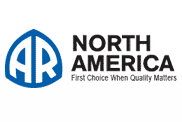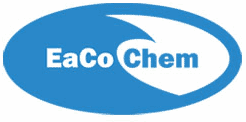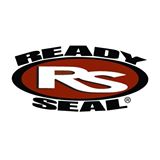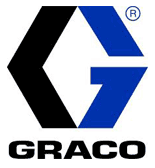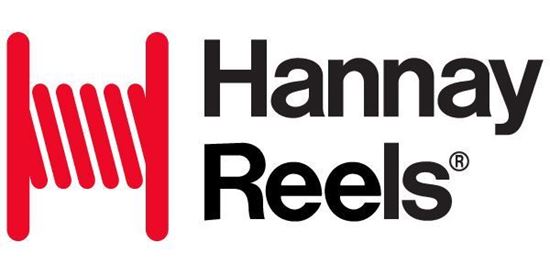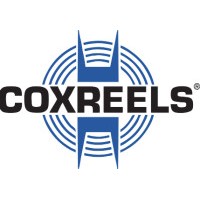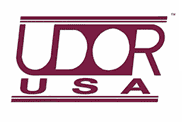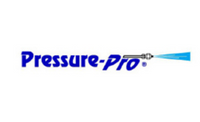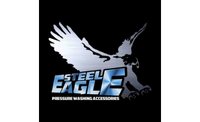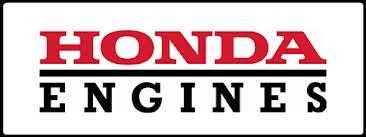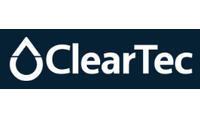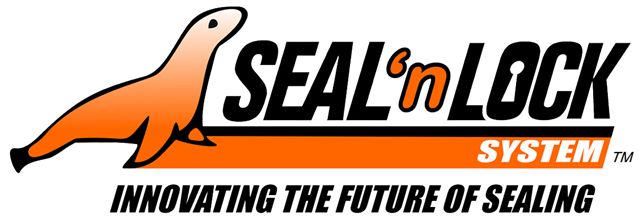Why You Cannot Transport Bleach Inside Water Tanks
This is an issue that affects almost all pressure washers. If you use sodium hypochlorite (bleach) in your cleaning then you are most likely mixing and storing some amount of bleach wash in some sort of liquid container that you are hauling around on your truck, in a van, or on a trailer. But what most pressure washers do not know is that they may be breaking the law while doing so.
Most often when setting up your vehicles for work you get tanks for storing water and tanks to store chemicals. But what you do not realize is that even if you buy a tank that is rated to store the type of chemicals that you use, as soon as you move that vehicle out onto the roads and highways you are now transporting chemicals, and those storage tanks are most likely NOT certified to transport those chemicals.
The DOT, Department of Transportation, which has jurisdiction over all roads in the United States requires chemicals they consider dangerous, and especially hazardous chemicals, to only be transported in UN-certified containers. These containers are most of the time round in shape or with rounded edges, are made without or with as few seams as possible and they have undergone rigorous testing to be sure they can withstand a certain amount of pounds of pressure of impact a number of different ways. UN stands for “United Nations” as in the United Nations performance standards, and it is an internationally recognized system for the international transfer of goods, solids, and liquids.
All UN-approved packaging must have a permanent UN marking on the container. This marking starts with the letters UN or the “U” placed over the “N” inside a circle followed by a series of numbers and letters that determines the type of packaging it is, the materials it is made of, the category of the package, the packing group it is for, the maximum amount that can be contained in the package, the year it was made, what country it was made in and the manufactures certifying code.

In regards to water and chemical storage tanks, they have a totally different set of certifications and standards. You may see stickers or seals with the letters; ASTM D 1998, NSF/ANSI 61, or others like ISA or HDPE.
ASTM D 1988 is a voluntary standard that means that the tank meets certain standards but there is some subjectivity to how each manufacturer interprets the ASTM guidelines. This should be the minimum rating used for a water tank.
NSF/ANSI 61 is a higher standard. NSF is for the National Sanitation Foundation and ANSI is for the American National Standards Institute. The NSF/ANSI 61 refers to the standard for water treatment and for potable water equipment, including storage. You may see circle stickers with the letters NSF or ANSI on the tanks you purchase.
Both water-only and chemical tanks can have these seals and there can be a second line of code under the certification listing what the tank is made of that will determine the chemical and percentage that the tank can contain safely.

For instance, this seal listed as “OR-1000”, indicates it is made of a resin and it and all associated fittings contained in the tank have been tested and certified by NSF for the storage of sodium hypochlorite and sulfuric acid to ensure they are safe in the treatment of potable water.
Sodium Hypochlorite has two levels of certification: = or < .08% and one for = or < 15%.
And to make this even more difficult there can be certification differences based on each state and their laws, and the system the tank is a part of vs. the basic tank certification, but since the water you are using is not to be used for potable drinking water but for non-potable cleaning you do not have to worry about any extra state laws. Just don’t get caught ever drinking water that comes out of that tank, not that you would. But check with your state to see if you must label your water tanks as “non-potable water”.
Why plastic water tanks should not be used for chemical storage
Water tanks are designed with a specific gravity rating that is made to handle the weight of water, usually around 1.0. Chemicals can have higher specific gravity since there are more elemental compounds mixed with water. For instance, 12.5% sodium hypochlorite has a specific gravity of 1.2. That is why a gallon of water weighs 8.8 lbs and a gallon of 12.5% bleach weighs 10 lbs. Therefore a water tank that was designed to hold up to a certain lbs of liquid may not be able to hold, after a time, the weight of a heavier liquid mass.
Water tanks most often are also not made of the required material to withstand exposure to the chemical you place inside it which can, over time, cause the tank to break down, leak or even catastrophically fail. NSF certification is based on individual chemicals and some also require specialized interior liners. You also have more than just the container walls to consider. The fittings and gaskets that are keeping the contents in the tank are at a higher risk of failing when improper chemicals are stored in a water-only tank, they may not be able to withstand possible corrosion or embrittlement.
Some contractors feel they can get around the UN tank issue by using an IBC, Intermediate Bulk Container, to hold and store their water and bleach solutions. But there are also a few problems with that.
The DOT considers bleach to be a dangerous chemical, not hazardous but dangerous. Therefore as listed in the DOT 49-CFR guidelines for transporting bleach you are required to have a DOT registration number for your vehicle and a CDL, commercial driver’s license, for your driver starting at 1000 lbs, with anything over 100 gallons of bleach. This also means any combination of containers can not go over 100 gallons. So be careful when you start making a lot of smaller containers of bleach mix that you do not go over 100 gallons. This also has to cover any other hazardous chemicals you have for other reasons; truck washes, acids, graffiti removers, or anything DOT hazardous on their SDSs. Be sure you have all your SDSs in a binder with you as well.
It does not matter if you plan to never fill that IBC with more than 100 gallons of bleach because the law states that you must be covered for the full amount that a container can hold (275 gallons) not what it is holding at any given time. And it also does not matter what the dilution rate is of the bleach inside the container. It is considered just as dangerous at <1% as if at full strength. That is why even empty dangerous and hazardous chemical containers must still be marked and handled like they were full.
IBCs also have a certification life that other containers do not. On every IBC there will be a certification sticker that gives an expiration date next to the serial number of the tote. So if you have one mounted on your trailer know that about once every 2 years you will have to replace that IBC with a newer date one, even if you are using it just for holding water. IBC certification can only be tested and good for up to 2 and a half years. Always check for the expiration date when buying a used IBC. IBCs can be recertified but the cost to have that done can be more than just buying a new or refurbished one.
If you stopped by the DOT and are found to be transporting dangerous chemicals in unapproved containers you can be up for a fine that can become quite large.
So what can you do to protect yourself?
- Only transport chemicals in their original UN-approved containers.
- When you buy 12.5% bleach, only have it poured into approved containers, like a certified UN drum.
- If you make new containers for washing be sure to properly label them and that they also are only in UN-approved chemical containers things like milk bottles, empty store bleach bottles, etc. are not acceptable.
- Use water tanks only for water and label them as non-potable if required.
- If you are using a chemical-approved storage tank onsite during washing be sure that you use up or drain out any left chemical mix into UN-approved drums before you get back onto any roadway.
- Never transport more than 100 gallons of any combination of dangerous or hazardous chemicals on your vehicles if you do not have a DOT-marked vehicle and CDL driver that holds a current hazardous certification. Hazmat certification is good for 2-3 years at a time depending on the class taken.
I know many of you may be saying to yourself but I bought this trailer set up like this with these tanks. I understand. Not all companies that put trailers together understand what I have just explained. Or they are only making a trailer to the specifications of their customer and are only told the buyer wants a certain size “water” tank mounted and the customer doesn’t think it makes a difference that they already are planning on using one or more of those tanks for chemicals once they are using it. Or the company mentions to the buyer that they should be putting in a chemical tank but opt not to due to the price. It is up to you not the company that is building it for you to be compliant. Just like the automobile manufacturer that makes a car with an engine that can go up to 125 miles an hour. It is up to you to follow the local speed limit when driving that car, not the manufacturer of the car.
But now you know, it does make a difference, so plan accordingly or change what you are currently doing as soon as possible to be legal and safe.
